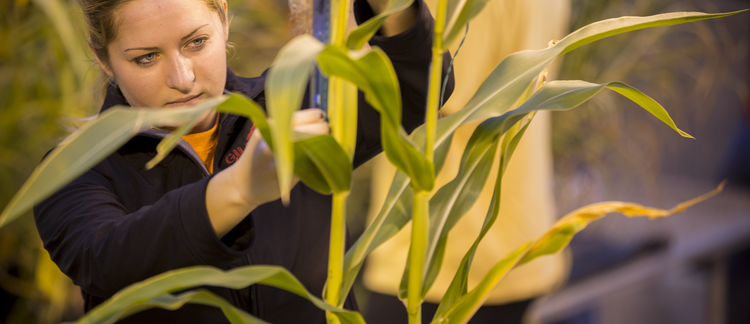Abstract
Stewart's disease of corn, caused by the bacterium Pantoea (Erwinia) stewartii, is extremely important for seed and sweet corn producers. Substantial economic losses are possible in both types of production. For the seed corn industry, zero tolerance phytosanitary regulations greatly inhibit the ability of seed corn to be exported from Stewart’s diseaseinfected fields. Management often focuses on the role of the corn flea beetle (Chaetocnema pulicaria) vector that is necessary for both pathogen survival during the winter months and pathogen transmission during the field season. Research on the corn flea beetle is limited, especially in regard to its population dynamics during the growing season in Iowa and the proportion of the population that is harboring the bacterium. The corn flea beetle is the sole overwintering habitat for the bacterium; therefore, predicting the risk of Stewart’s disease in each growing season is based primarily on the probability of corn flea beetle populations surviving northeast Iowa winters.
Keywords: Plant Pathology
How to Cite:
Esker, P. & Nutter, F. W., (2004) “Population Dynamics of Corn Flea Beetles and their Importance for Stewart’s Disease of Corn”, Iowa State University Research and Demonstration Farms Progress Reports 2003(1).
Downloads:
Download pdf
View PDF
238 Views
99 Downloads

